10 Tips on When and How to Prune the Rose of Sharon (2023 Update)
-
- Last updated:
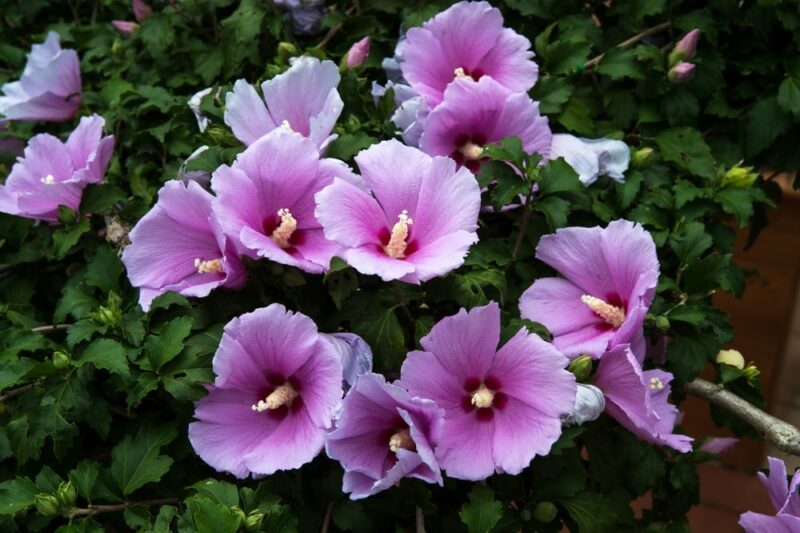
Rose of Sharon is a vibrant plant that bursts into colorful white, red, purple, and pink flowers at the height of summer. Botanically named Hibiscus syriacus, the rose is remarkably easy to grow and take care of, provided you tame the bush through pruning. Good pruning practices also allow the plant to synchronize very well with your gardening style and other ornamental plants.
Prune the plant when it is dormant in late winter or early spring before buds appear for it to flourish and lend in a refreshing growth in summer. Here are tips to guide you.

The 10 Tips on Pruning the Rose of Sharon
1. Prune the Plant When It Is Dormant
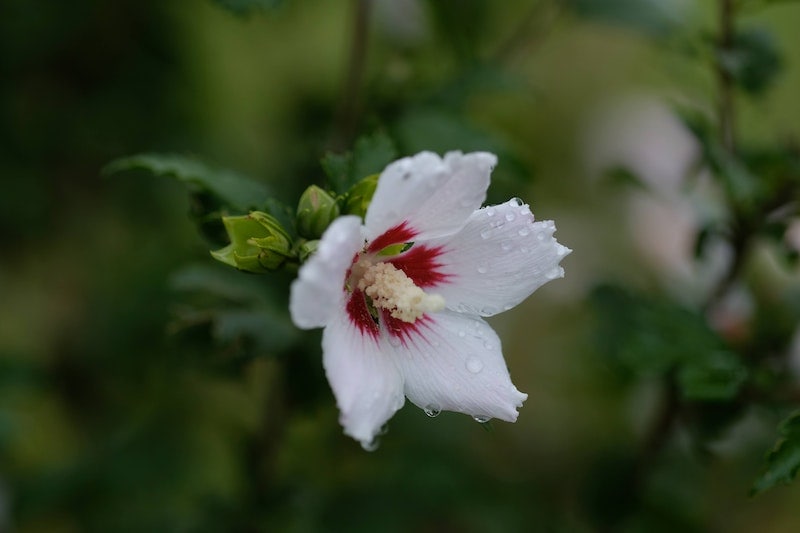
The rose of Sharon is a self-sufficient plant that will vigorously grow and flower on its own with little care. But if you decide the plant needs a few touches here and there, the best time to do it is between February and early May.
During these months, roses of Sharon in most parts of the USA are inactive, and removing some parts before the weather warms up again will stimulate new growth.
However, do not prune the plant too late when the blooms start appearing. In addition to shocking the plant and resulting in the stunted growth of new shoots, buds will fall off.
2. Remove Deadwood
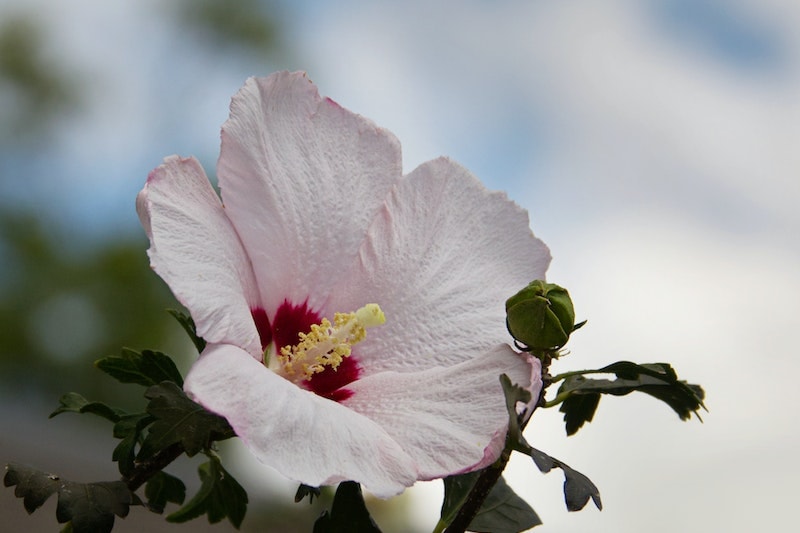
When a branch or stem is “injured” or too old to perform optimally, the plant usually discards it. This results in the formation of deadwood.
Deadwood may be the entry point of pathogens that will definitely affect the plant as it rots. Besides, it makes the bush look unattractive. Thus, when pruning, target deadwood before moving on to overgrown stems and branches.
If you are unsure of the difference between living and deadwood, look for discolored, rotting, and brittle stems and branches. These are most likely to be dead and should be removed to create more growth room for living branches.
You might as well scratch the surface of the branch. If there is a dark layer separating the back from hard tissues, the stem is dead.
3. Use a Pruning Saw or Heavy-Duty Loppers
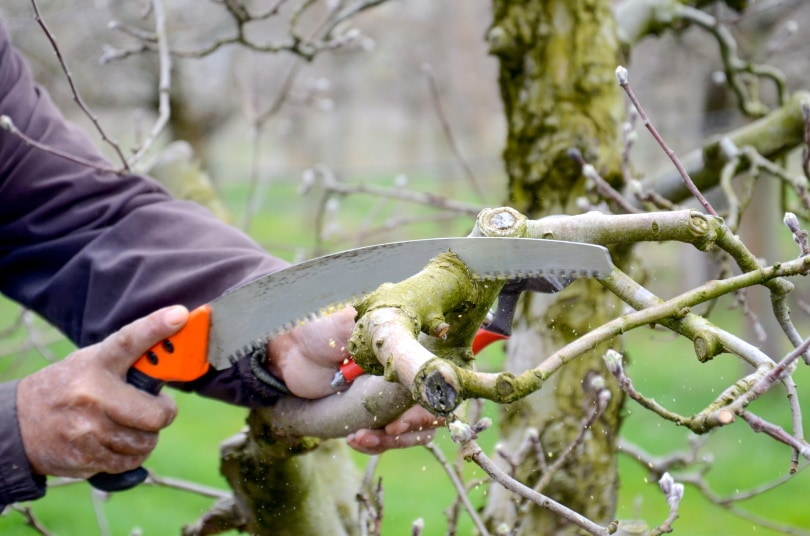
Pruning is equivalent to surgery in human beings, and the correct choice of tools is inevitable to improve the chances of successful recovery.
Pruning saws and a pair of heavy-duty loppers have been proven to provide excellent results. Hand-held pruning saws are designed to tear through hard, live branches without causing extensive damage. In contrast, heavy-duty loppers made from carbon steel snip off branches less than three inches thick.
4. Remove Suckers

Basal shoots or suckers are outgrowth on the adventitious bud on the base or the root of the rose of Sharon or other trees and shrubs. They compete with the flowering parts for nutrients and water. That is why you should prune them off.
Cut suckers at the closest point as possible to the ground using a pair of secateurs to slow their growth. Do the same after every two to four months or when you spot new growths.
However, don’t plant the rose too deep in the soil or remove more than 75% of the foliage cover. It will encourage the growth of suckers.
5. Remove Any Intertwining Stems
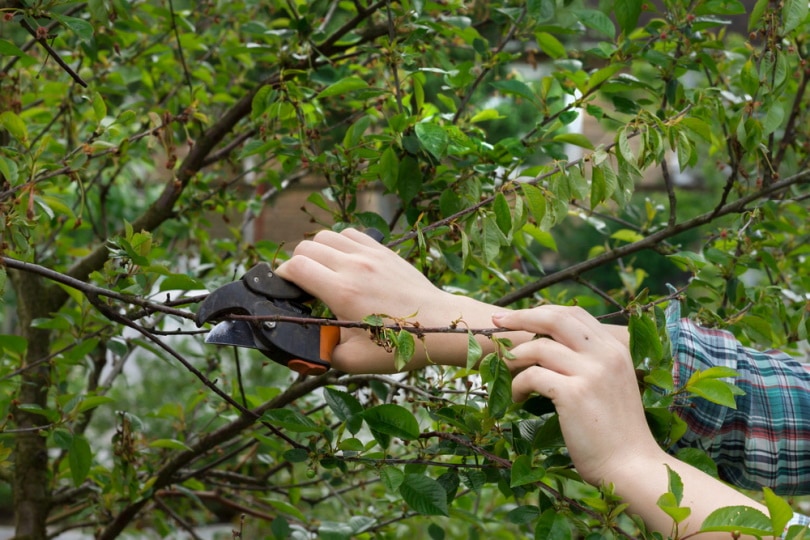
Criss-crossing stems limit airflow deep inside the shrub. Improved airflow not only keeps pests at bay but also allows you to spot any signs of diseases attacking the rose. Examine the plant and remove a crooked and weaker stem that appears to be an overgrown sucker. Don’t forget to examine branches and remove tangled and twisted ones too.
6. Control the Plant’s Height
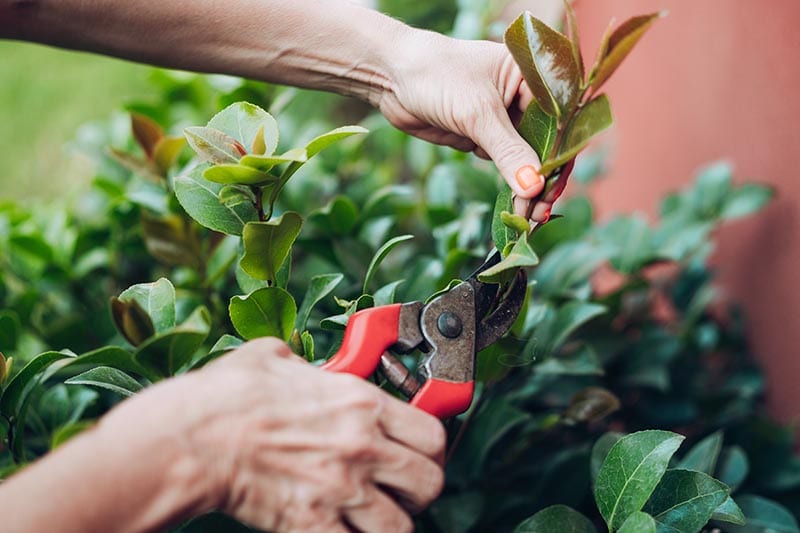
The average height of a rose of Sharon is 7 to 12 feet when mature. Prune down any long branches that you feel are not ok in an umbrella-like shape.
Find one long branch in the middle of the bush and let it be your starting point. Prune from the top of the branch all the way downwards and outwards. The canopy should be the widest near the base.
7. Remove Any Seed Pods
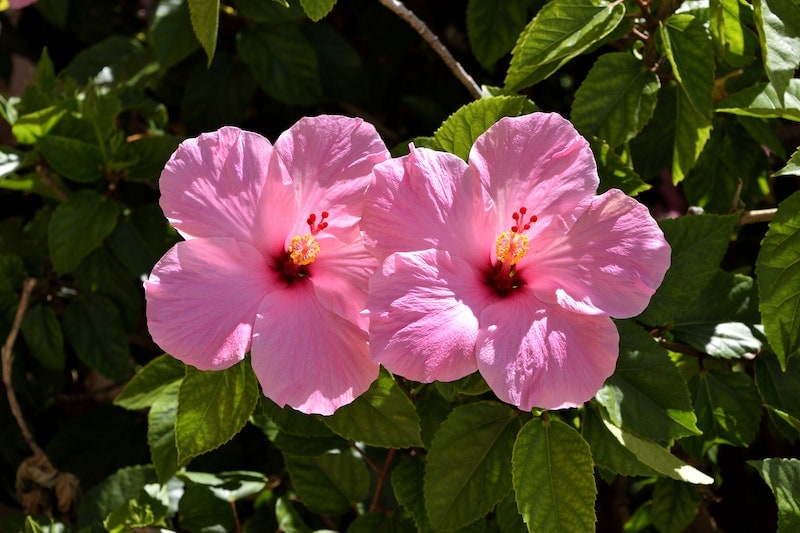
After flowering, seed pods will form and slowly mature. They will then bust out to release hundreds of seeds. Under favorable conditions, they will germinate, forming new clusters of roses.
You don’t want this happening because it will be more difficult to control how the plant spreads out. So the only way is to remove seed pods before maturity.
Look for seed pods at the center of leafy branches and snip off the cluster. Dispose of pods with mature seeds in a fire pit where you will burn them later.
8. Prune It as an Adaptation Measure
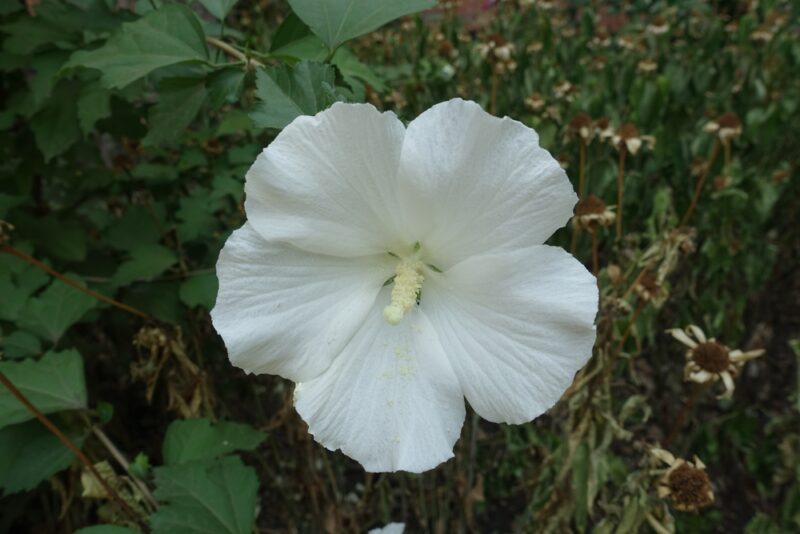
Pruning helps the plant adapt better to the environment. If the rose is under a shade and you want it to expand out faster, trim off higher branches in the middle to form a mushroom-like shape. The wider surface allows the plant to get more sunlight.
If you want to boost its height or give space to neighboring plants, remove all branches on the lower half of the trunk.
9. Prune to the Stunt to Stimulate New Growth
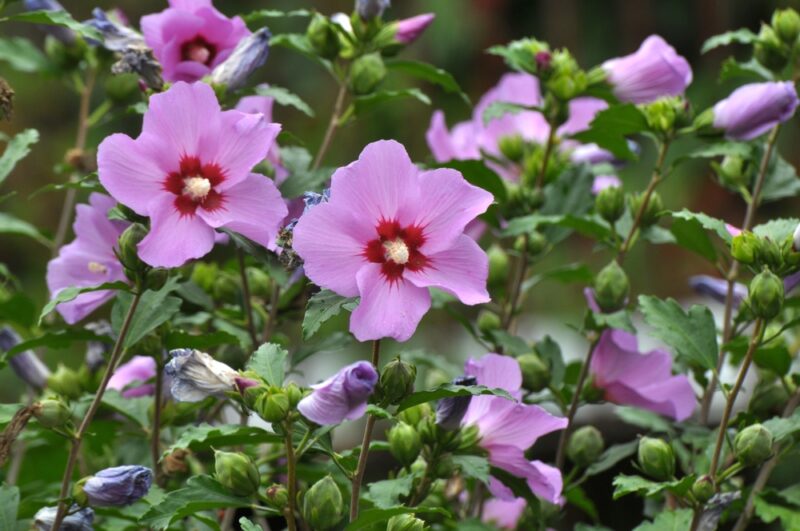
If the rose is not faring well or you made an error while pruning it into the correct shape, reduce the bush to one to two feet above ground to remove two-thirds of it. This process is known as rejuvenation pruning and stimulates new growth in the next season. Though the plant will produce fewer flowers, they will be big, bold, and healthy since most nutrients will be devoted to them.
Here you will need a tape measure or at least something that will guide you in ensuring you have a uniform height. After that, mark large branches at places where you want to saw through and prune them off. Finish by pruning off small protruding branches which are not to standard height.
10. Disinfect Pruning Tools
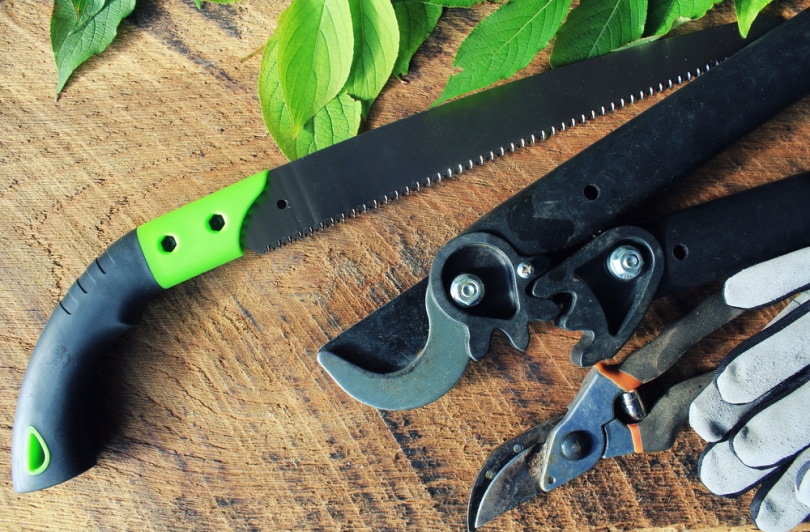
Pruning tools are vectors that transmit diseases to healthy plants. Scrap clean pruning tools before soaking them in a disinfectant for 5 minutes. Remove and let them air dry for a few minutes.
The most common go-to disinfectant is a solution of bleach and water mixed in 1:1. Alcohol is another option that might be slightly expensive, but effective nonetheless.

Conclusion
Rose of Sharon is in the family of hibiscus plants nicknamed after a rose that blossoms into medium-sized flowers ranging from white to red. The plant vigorously grows from late spring to flower in summer. Regulate its growth by systematically pruning off deadwood, low-hanging, and overgrown branches. Furthermore, remove any suckers and intertwined stems and branches. And before moving on to the next plant, disinfect tools.
Featured Image Credit: kim gwang seon, Shutterstock
Contents

